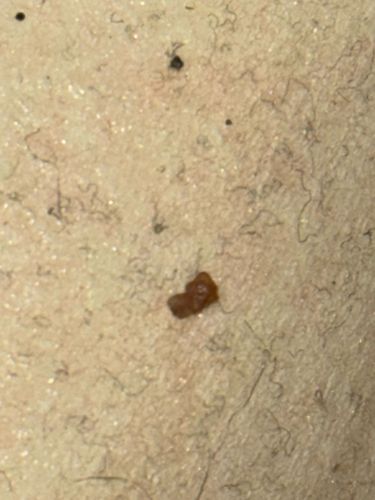Flea
Scientific Name: Siphonaptera (order); various genera and species
Order & Family: Order: Siphonaptera; Various families including Pulicidae, Ceratophyllidae, Hystrichopsyllidae
Size: Typically 1.5 to 3.3 mm (0.06 to 0.13 inches) in length.

Natural Habitat
Fleas thrive in warm, humid environments. They are typically found on the bodies of their hosts (mammals and birds) and in the hosts' living areas, such as bedding, carpets, upholstered furniture, and cracks in floors.
Diet & Feeding
Adult fleas are obligate hematophagous parasites, meaning they feed exclusively on the blood of their animal hosts. Larvae feed on organic debris, including adult flea feces that contain undigested blood.
Behavior Patterns
Fleas are highly agile and known for their exceptional jumping ability, allowing them to easily transfer between hosts or move around their environment. They have a complete metamorphosis life cycle: egg, larva, pupa, and adult. Females lay eggs after a blood meal, often directly on the host, but the eggs soon fall off into the environment. Larvae hatch and develop in cracks, carpets, and pet bedding, avoiding light. They then pupate in a cocoon before emerging as adults, often triggered by warmth and vibrations indicating a potential host. Adults can live for several weeks to months, continuously feeding and reproducing.
Risks & Benefits
Risks: Fleas are considered pests due to their bites causing itching, skin irritation, and allergic reactions (flea allergy dermatitis) in humans and animals. They can also transmit various diseases, including tapeworms (Dipylidium caninum), and are historically significant vectors for plague (Yersinia pestis) and murine typhus (Rickettsia typhi). Benefits: From an ecological perspective, fleas serve as a food source for some predators and parasites, but their overall ecological benefit is minimal compared to their parasitic impact.
Identified on: 9/8/2025